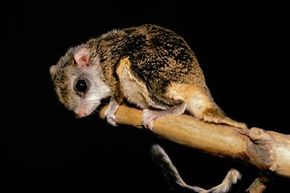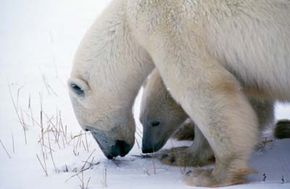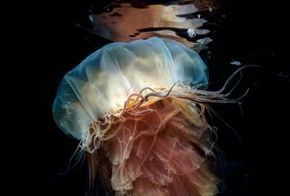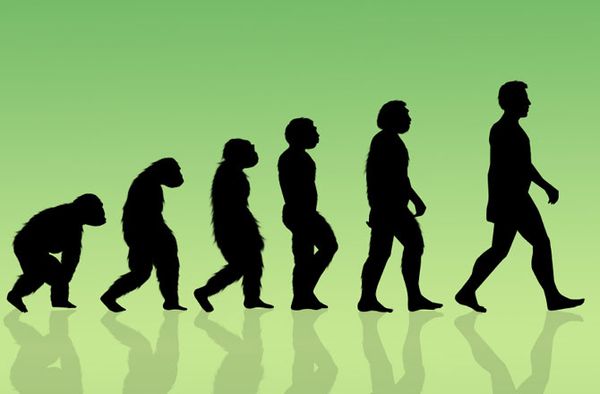About 60 million years ago, Australia became fully separated from the other continents by the movement of tectonic plates. As a result, life forms in Australia followed their own evolutionary patterns with little to no mixing with outside species for many millions of years. At the time of the separation, the same species lived in Australia as lived in other parts of the world, but over many generations, the separated [populations evolved differently. They lived in different places, with different climates, different predators and a lot of other different circumstances.
As these species evolved in different directions, some interesting variations showed up between the isolated Australian species and the species that evolved in the rest of the world. Kangaroos, for example, look and function differently from just about anything you can find outside of Australia. But even more surprising to biologists is that some species that were so far apart on the evolutionary tree of life that they could be considered only distantly related seemed to look almost exactly the same.
Advertisement
For example, a primitive rodent lived both on and off Australia at the time of separation. In Australia, one branch of this rodent's descendants evolved into tree-dwelling creatures with flaps of skin stretching between their front and hind legs, allowing them to glide between trees on air currents. They're known as flying phalangers. In the rest of the world, the primitive rodent evolved into a totally separate group of tree-dwelling creatures with gliding flaps -- the flying squirrels.
How could this happen? Was the potential to develop gliding flaps already present in that primitive rodent, making it inevitable that such an animal would eventually evolve? Or did the pressures of both environments cause natural selection to push the rodents into a gliding form? And what about species that were never related to begin with, yet still evolved into startlingly similar forms?
Advertisement



